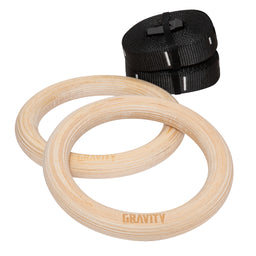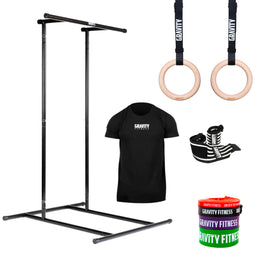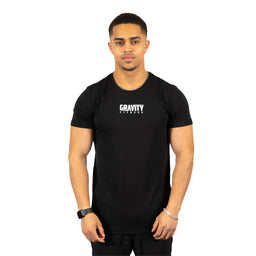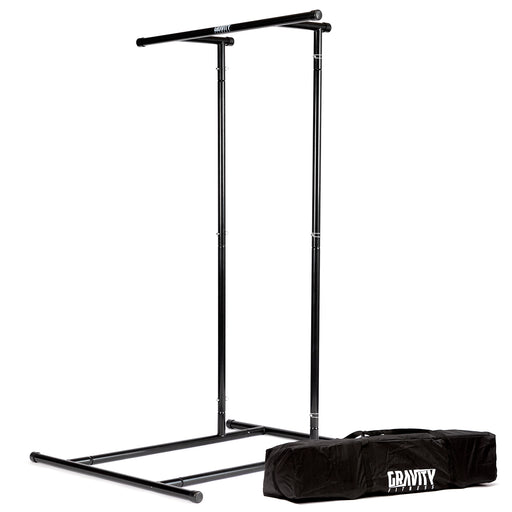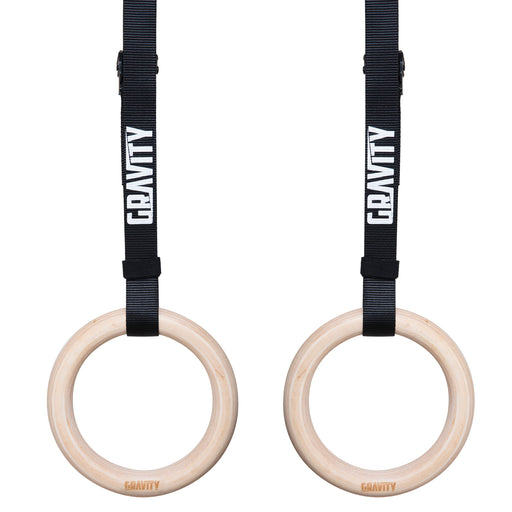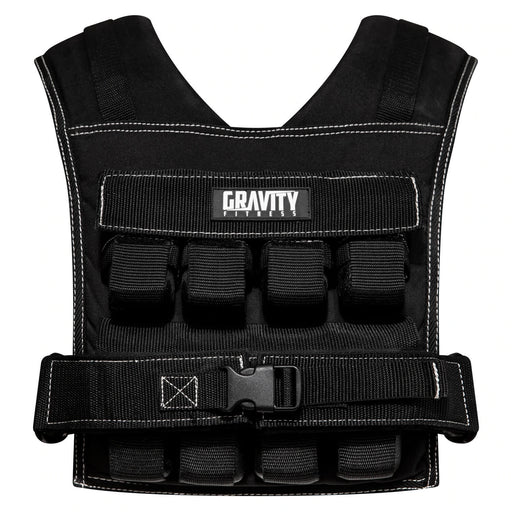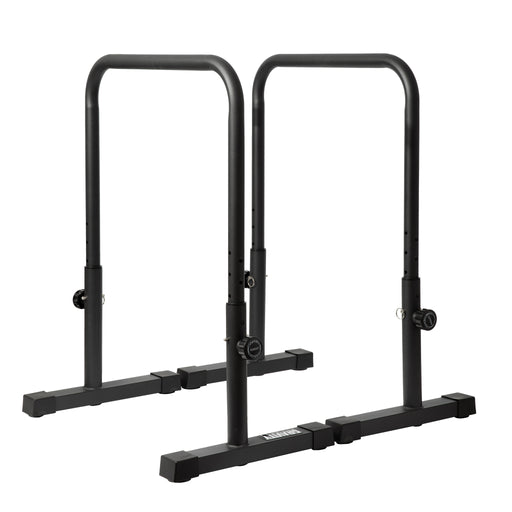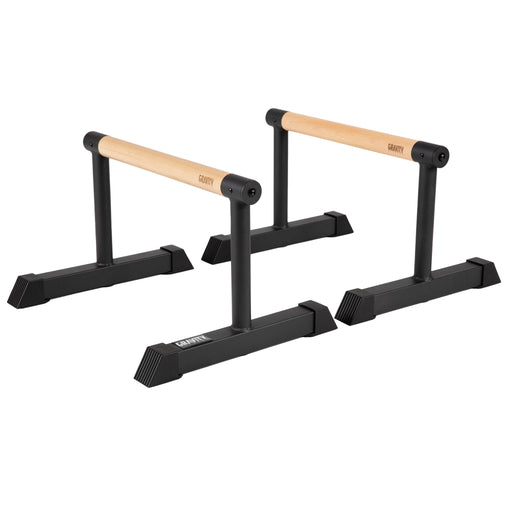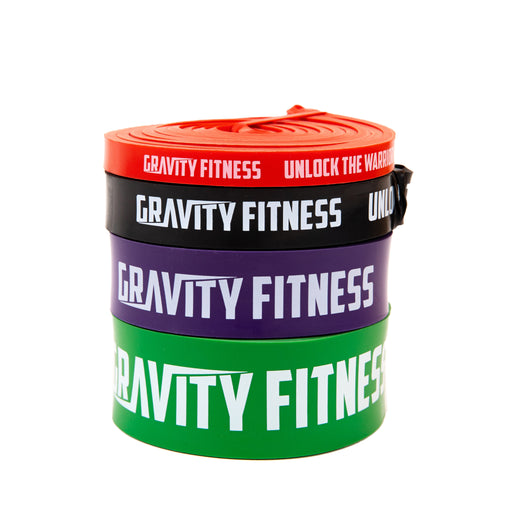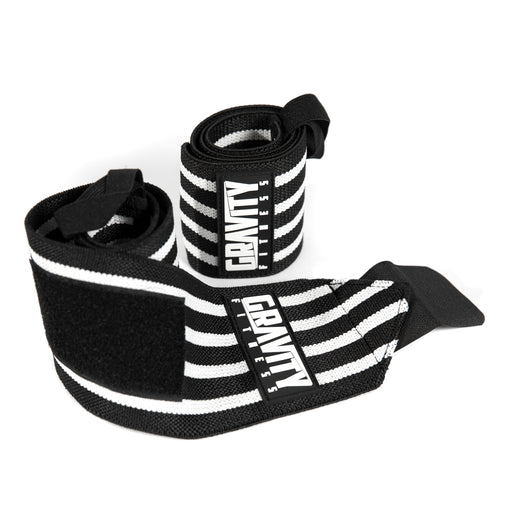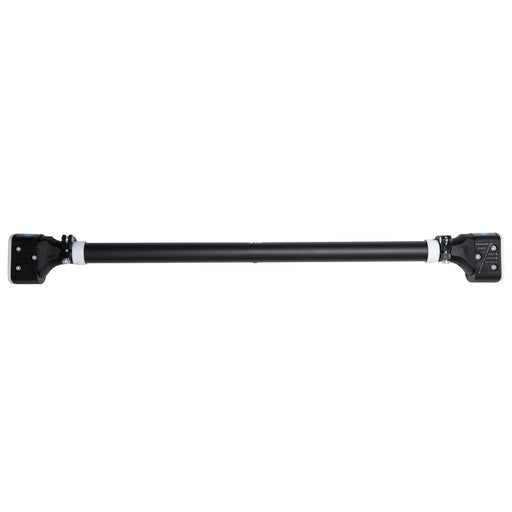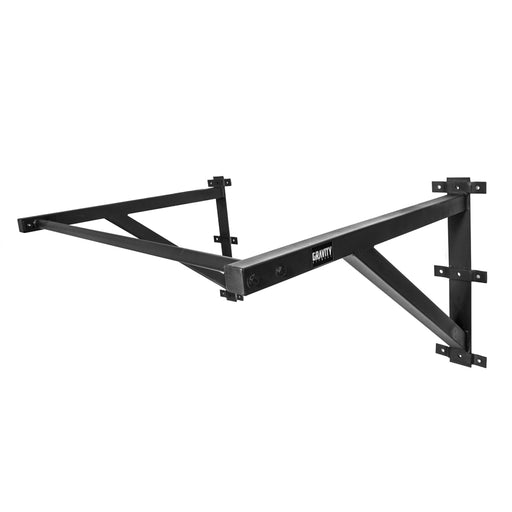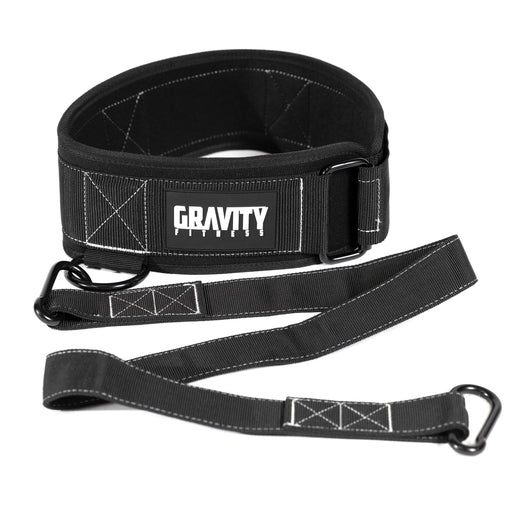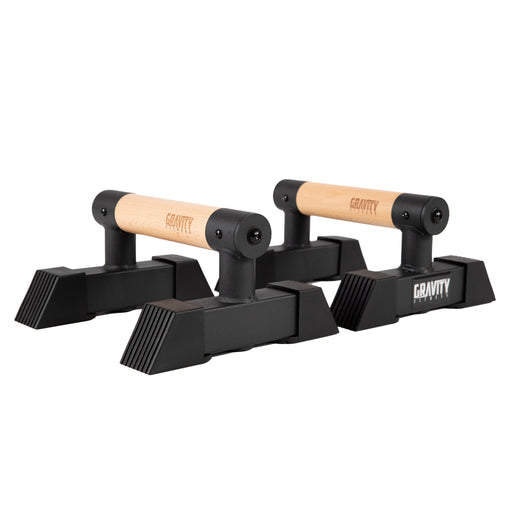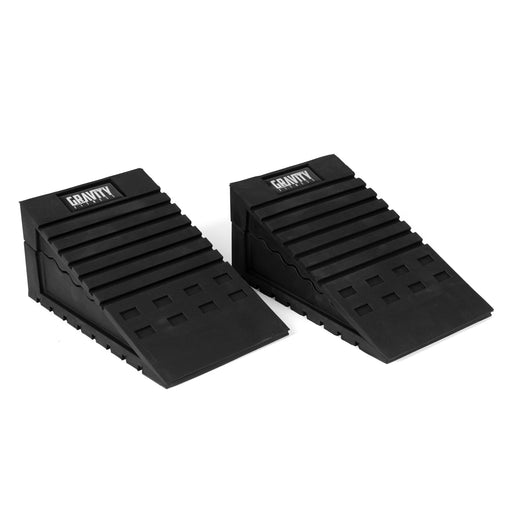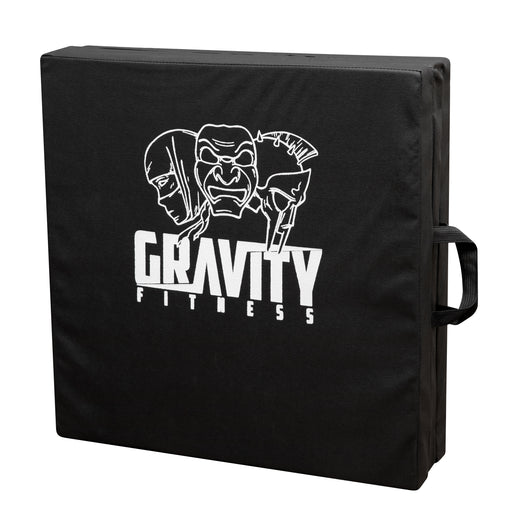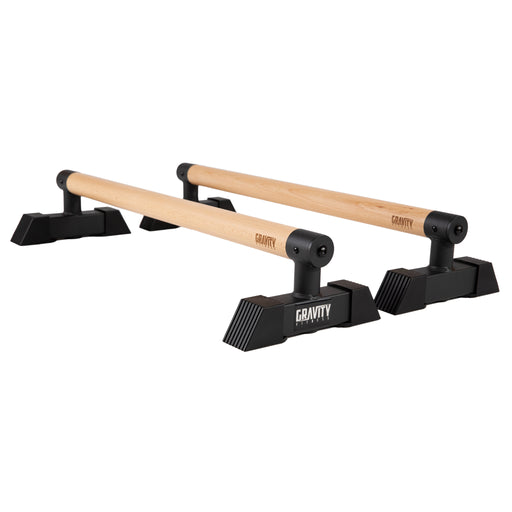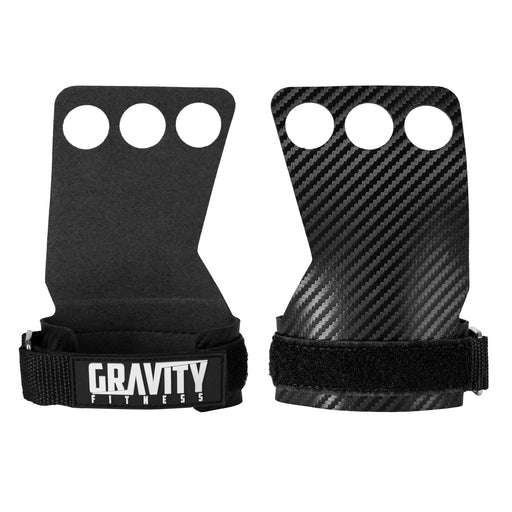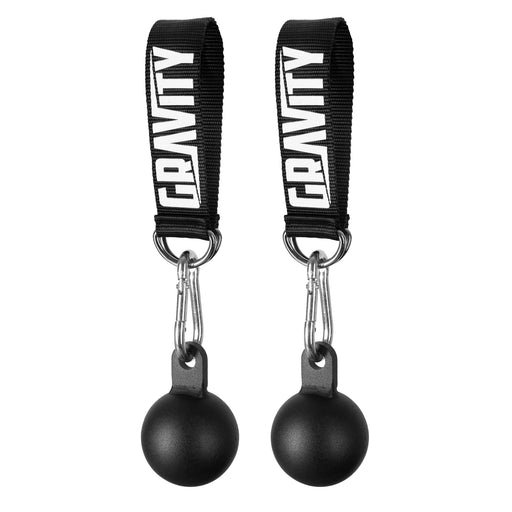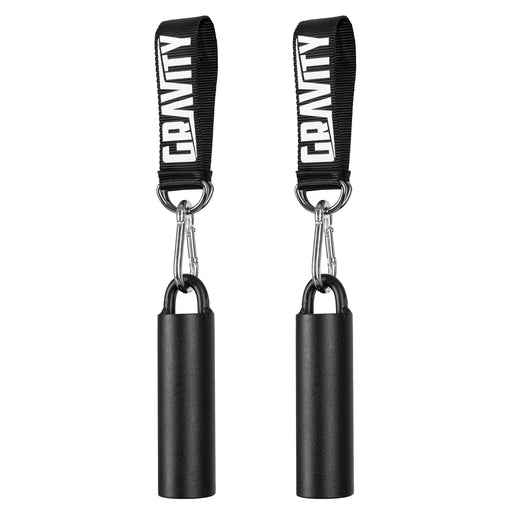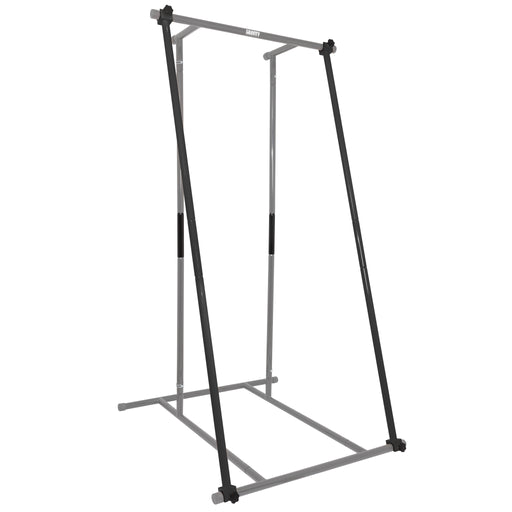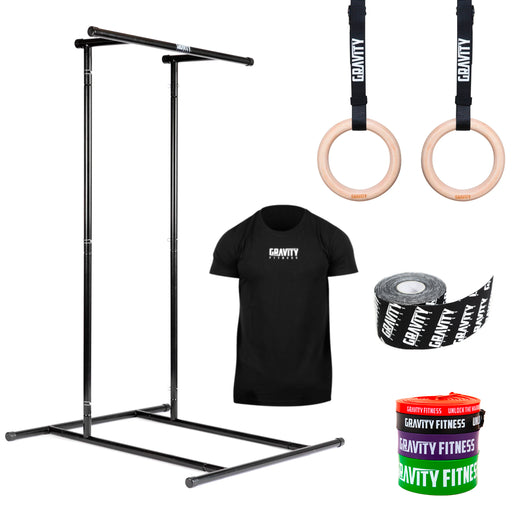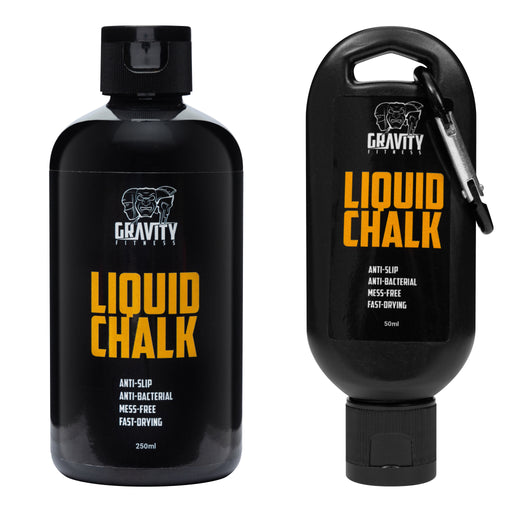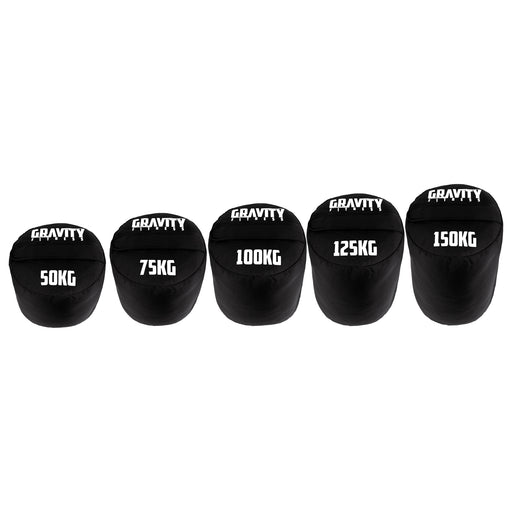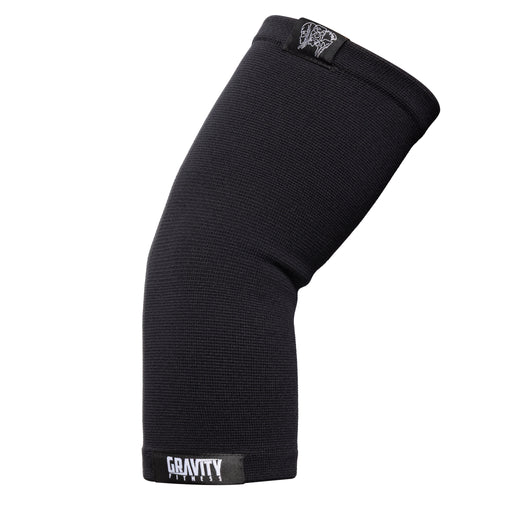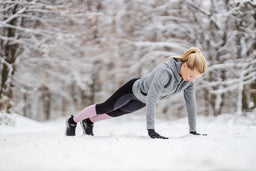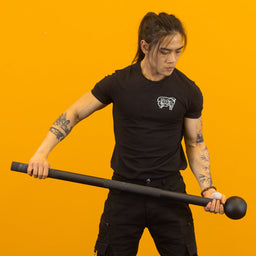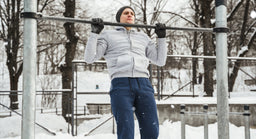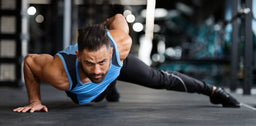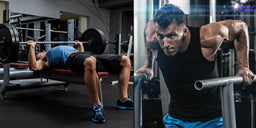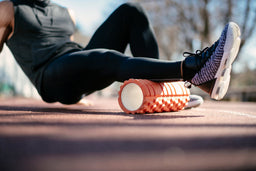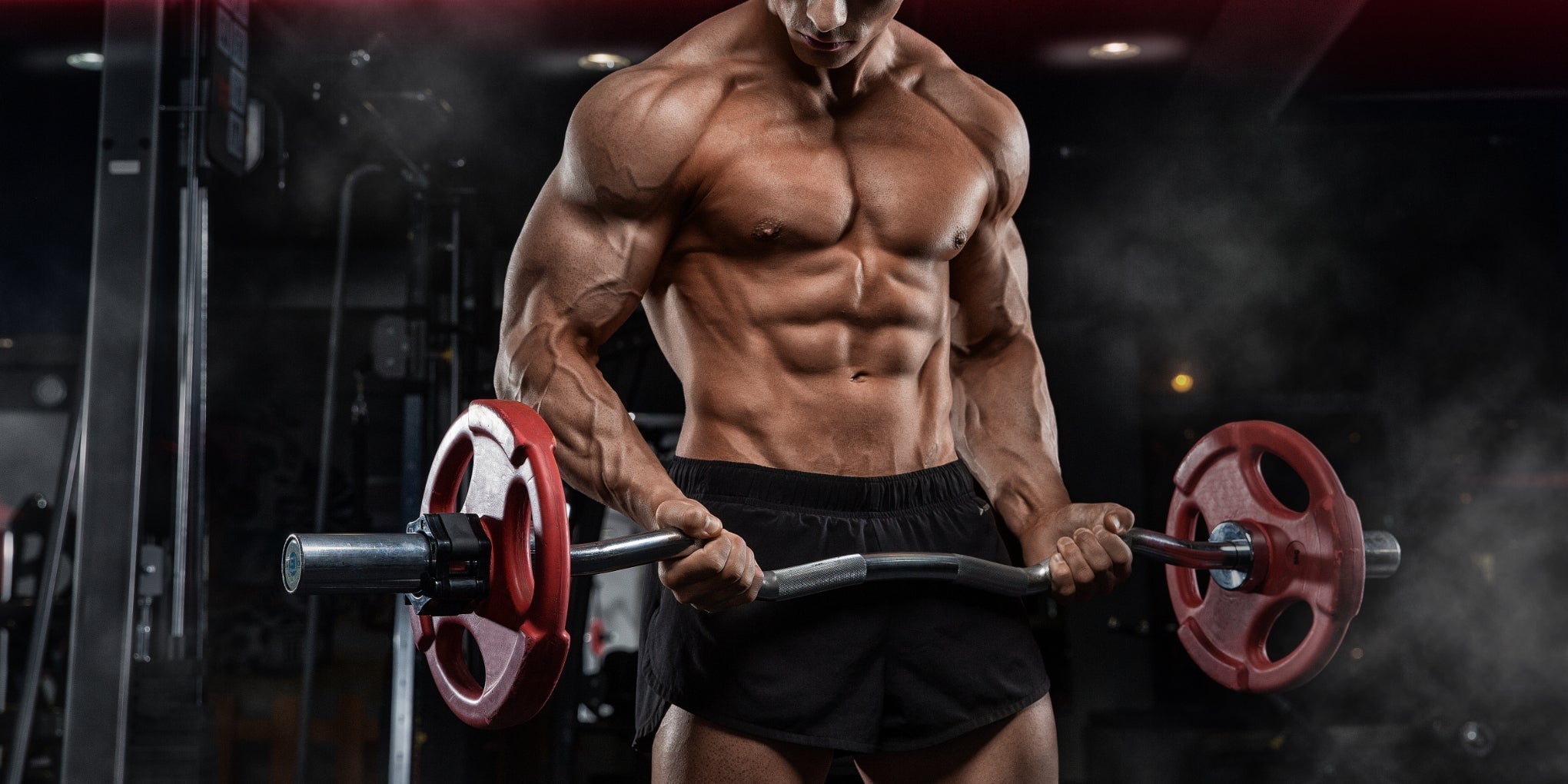
Why you shouldn't lift weights unless you can do calisthenics
We’ve all seen them at the gym (or on socials) – people who load up a barbell with crazy amounts of weight then struggle through a couple of reps with cringeworthy form. Then there’s the ones who can bench press their bodyweight with decent technique – but can’t do 10 clean press ups. It's time to address the elephant in the weight room: if you can't master your bodyweight, should you really be adding external load? The answer, in our humble opinion, is no. And here's why.
Calisthenics is the foundation of all forms of training
Calisthenics - training using only your bodyweight - is the earliest form of strength training. People have been using it for sports, athletics, military training and more for millennia. Before gyms and bumper plates, people built incredible physiques and functional strength through mastering control of their bodyweight.
Think about it: every sport, every movement pattern, and every exercise ultimately comes down to your ability to control your moving body. Whether you're sprinting or lifting, the foundations are the same. You need movement efficiency, body awareness, and relative strength.
Unlike isolated machine exercises, calisthenics movements are multi-joint actions that use numerous muscle groups. You could even call them the original compound lifts.
Calisthenics movements develop your body as a coordinated unit rather than a collection of separate parts. This is what makes calisthenics the non-negotiable first step in any training journey.
Why calisthenics should be the go-to before any other strength work
Starting your strength journey with weights before mastering calisthenics is like trying to run before you can walk. Here's why calisthenics deserves priority:
It builds proper movement patterns - calisthenics teaches your body to move correctly through fundamental patterns (pushing, pulling, squatting, hinging, and rotating).
It develops proprioception - calisthenics develops an awareness of where your body is in space, a crucial skill before adding external weights.
It identifies weaknesses - if you can't do basic calisthenics movements, this highlights mobility issues or imbalances that need addressing before adding more weight.
It builds relative strength - how strong you are relative to your bodyweight matters more than absolute strength numbers in the gym and in daily life.
It's safer - done properly, bodyweight training has a lower injury risk than loaded movements, making it the perfect starting point for beginners.
Why you shouldn't lift weights until you can do a strict pull-up
The strict pull-up is probably the ultimate test of functional upper body strength. If you cannot lift your own bodyweight, is there really any point adding more weight to your frame?
Being unable to do one strict pull-up reveals fundamental weaknesses in your posterior chain, grip strength, and core stability. These are critical for safe and effective weight training. Adding external load to a system that can’t support itself is a recipe for compensation patterns and poor technique. And probably injury. Why risk it?
Weight machines might seem like an easier alternative, but they bypass the stabilisation that you get from bodyweight training, creating an artificial strength that doesn’t translate to real-world functionality.
6 benefits of calisthenics
Beyond being a prerequisite for weight training (in our eyes, anyway), calisthenics offers unique benefits that you won’t get from weight training.
• Improved body awareness and control
• Strength-to-weight ratio
• Balanced muscular development
• Injury resilience
• Zero equipment requirements
• Transferable skills
The do-this-first calisthenics challenge
Before you touch a barbell or dumbbell, challenge yourself to achieve:
• 10 strict press-ups with perfect form
• 5 strict pull-ups
• 20 deep bodyweight squats
• 30-second hollow body hold
Key calisthenics exercises to master before weights
1. Press-ups (standard, wide, diamond) - the ultimate test of pushing strength and core stability
2. Pull-ups and chin-ups - the gold standard for upper body pulling strength
3. Bodyweight squats progressing to pistol squats - for lower body strength and mobility
4. Dips - for triceps strength and shoulder stability
5. Hollow body holds - for core strength and body position awareness
6. Planks and side planks - for isometric strength and anti-rotation control
Once you've mastered these movements - not just performed them once or twice - consider advancing to weighted resistance training. Is this approach controversial? Perhaps. Will some of you disagree? Absolutely. But we stand firm in our belief that mastering your bodyweight isn't just “nice to have” before using free weights or gym machines. It’s essential. Your body is your first and most important piece of fitness equipment. Why wouldn’t you strive to master its movements?
